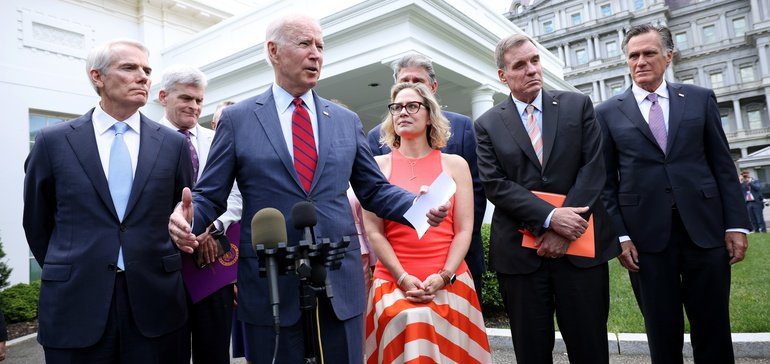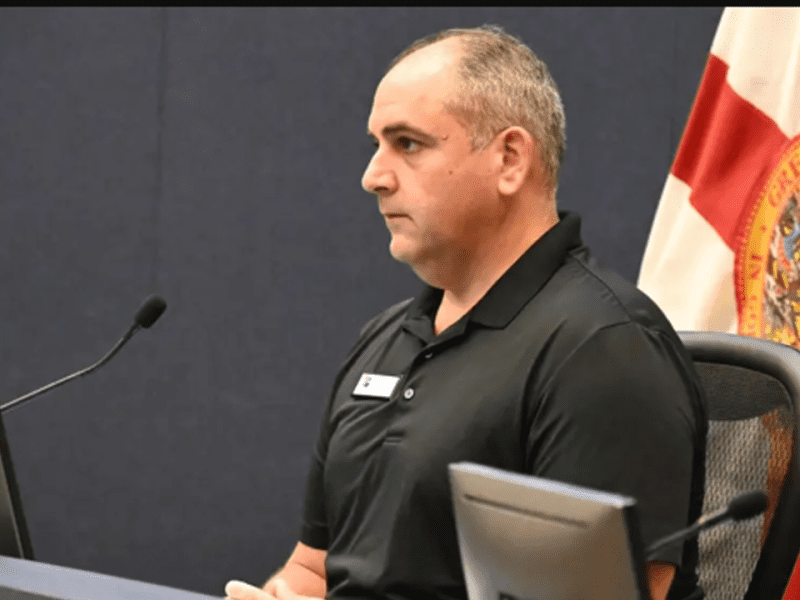How might the Bipartisan Infrastructure Framework impact schools?
K-12 DIVE | By Naaz Modan | July 6, 2021
Dive Brief:
- The Bipartisan Infrastructure Framework, a proposal from a group of Democratic and Republican senators backed by President Joe Biden, would not invest in general school facility repairs, according to a fact sheet provided by the White House.
- However, it would limit infrastructure repairs to eliminating lead pipes in schools, deploy electric school buses, and invest $65 billion to make high-speed broadband available to all Americans, which Biden says will close the digital divide.
- While the Biden administration has pitched the deal as bipartisan, later discussions garnered resistance from both Republicans and Democrats for different reasons. The U.S. House of Representatives has already passed its version of the bill.
Dive Insight:
Biden has indicated he would sign the deal even if it is not accompanied by his requested American Families Plan, saying he intends to pursue the passage of the plan “with vigor.”
“Every single American child, at home or in school, will soon be able to turn on that faucet, and their moms and dads know that the water they’re drinking is clean and safe,” Biden said on June 29 in a stop at La Crosse, Wisconsin, where he was promoting the plan.
According to Biden’s estimate, children in up to 400,000 schools and childcare facilities are at risk of exposure to lead. However, while lead exposure in schools has been a pervasive concern, especially in aging facilities, exactly how many schools are at risk of exposing children is unclear.
According to a 2017 federal report by the Government Accountability Office, 41% of school districts, serving a total of 12 million students, had not tested for lead within a year of completing the survey, compared to 43% that had done so. The remaining 16% did not know if they had tested their schools.
According to that report, out of the less than half of school districts that did test, an estimated 37% found elevated lead levels.

Retrieved from Government Accountability Office.
The cost of testing for lead can vary significantly depending on the size of the districts and the number of schools included in testing, the GAO found. A rural district reported it spent $180 to test its fixtures in its one school building, while a large, urban school district reported spending about $2.1 million to test over 11,000 fixtures in over 500 schools.
Regardless of Biden’s infrastructure plan, updates to the Environmental Protection Agency’s Lead and Copper Rule, which federally mandate testing in schools and child care facilities for the first time, were passed June 10 and go into effect on December 16. The agency announced its support for the plan in a June 30 press briefing.
The infrastructure plan also invests significantly in closing the digital divide beyond school walls, which has persisted despite efforts during the pandemic to provide every child and household with connectivity. According to estimates from advocacy organizations like EducationSuperHighway, about 10-15 million students have been found to be without reliable home internet since the start of the pandemic.






